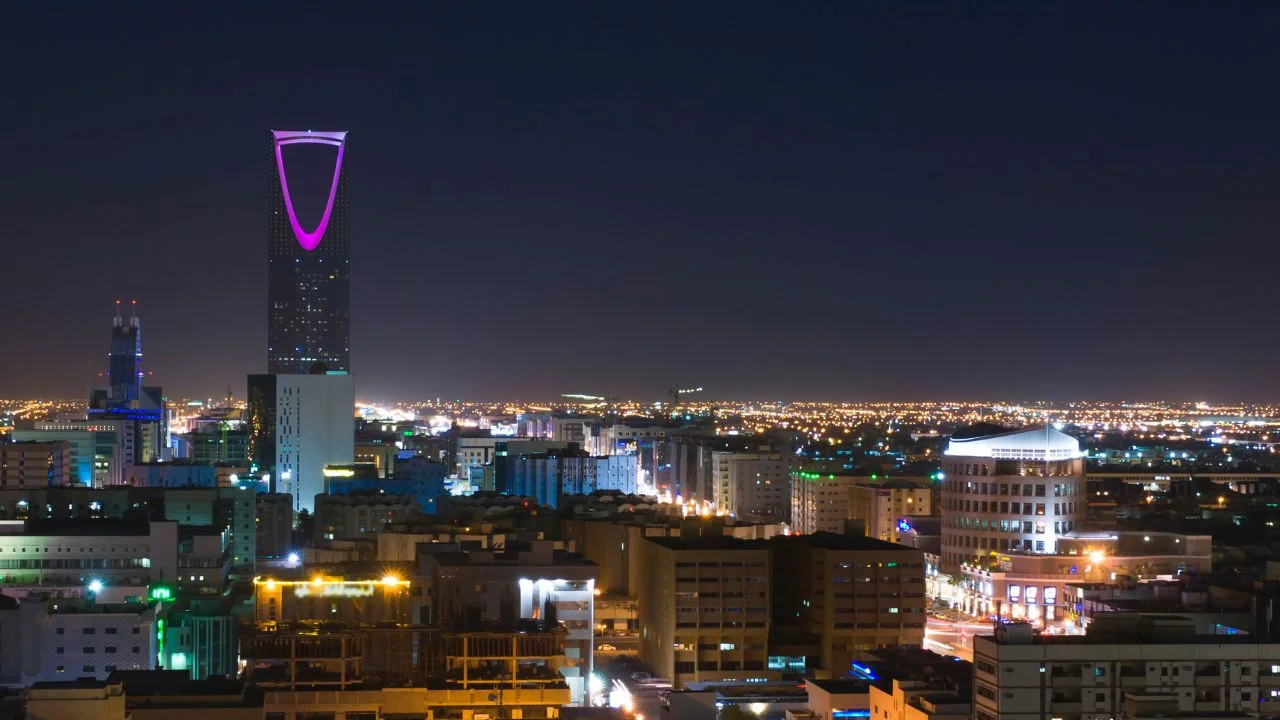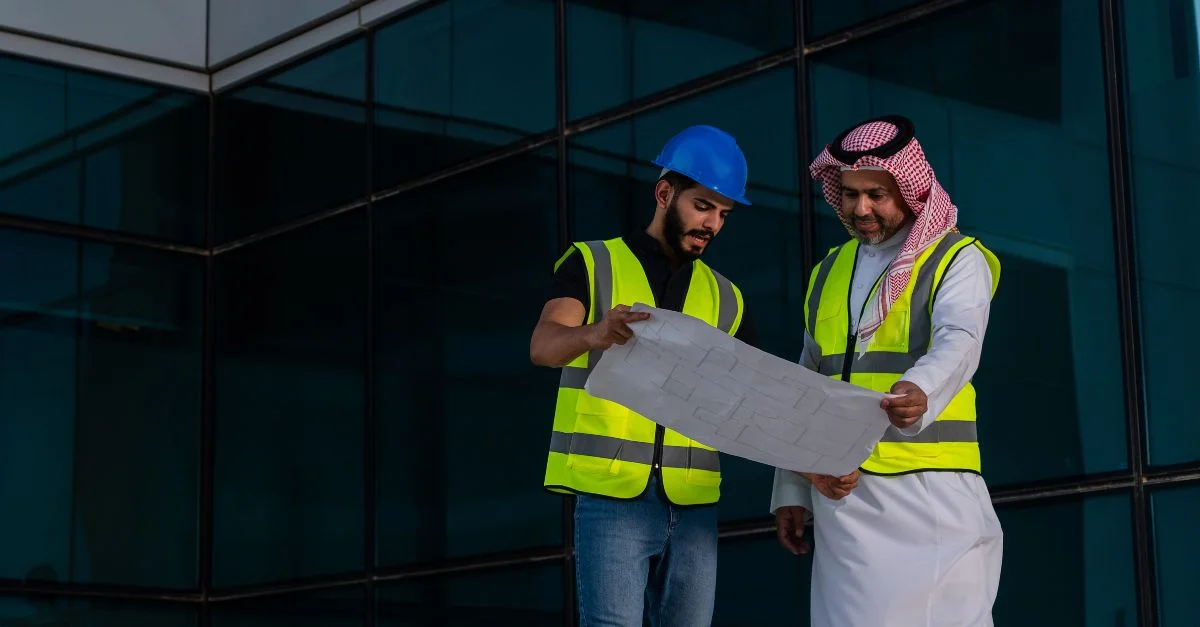Exploring Saudi Arabia Vision 2030 – Top Projects to Watch
08 Sept, 202511:00Key Takeaways: Strategic economic transformation: Saudi Vision 2030 is a framework to r...

Key Takeaways:
- Strategic economic transformation: Saudi Vision 2030 is a framework to radically diversify the economy away from oil and to transform society. Progress is already evident, with the non-oil sector now constituting over 50% of GDP.
- Giga projects as engines of growth: Giga projects in Saudi Arabia are the physical manifestation of this vision, designed to establish the Kingdom as a global hub in sectors like AI, logistics, tourism and urban development. Saudi Vision 2030 projects are foundational to creating new industries and demand for specialised talent.
- Driving workforce nationalisation (Saudization): Saudi Vision 2030 projects are deliberate catalysts for workforce nationalisation. They create targeted demand for highly skilled Saudi talent and formalise the transfer of knowledge.
- Opportunity and challenge: The scale of development is creating huge demand for technical expertise, particularly in power, renewables and digital infrastructure. For business leaders, the question has now shifted from whether to how to engage, requiring a strategic approach to navigate local compliance, talent acquisition and operational setup.
What is Vision 2030?
As the foundation of Saudi Arabia's economic and social reform agenda, Vision 2030 is a framework designed to diversify the nation’s economy beyond hydrocarbons. Its three primary themes focus on developing:
- a vibrant society – “A strong social infrastructure is underpinned by a society that values cultural traditions, national pride, and modern amenities”
- a thriving economy – “…a supportive business environment for businesses of all sizes and investing in education to prepare for the jobs of the future”
- an ambitious nation – “…committed to efficiency and accountability at all levels”.
(Source: Vision 2030)
The framework includes numerous targets for 2030, including:
- increasing the share of non-oil exports from 18.7% to 50% of non-oil GDP
- increasing the private sector’s contribution to GDP from 40% to 65%
- increasing foreign direct investment’s contribution to GDP from 3.8% to 5.7%
- increasing non-oil government revenue from $43 billion to $265+ billion
- lowering the unemployment rate from 12.3% to 7%.
(Source: Vision 2030)
This strategy repositions Saudi Arabia not just as a global energy supplier but as a rising industrial and logistical hub, creating great opportunities for international businesses and investors.
Significant progress has been made against these targets. For example, the non-oil GDP growth rate increased from 1.82% in 2016 to 4.93% in 2023, and the unemployment rate decreased from 12.3% in 2016 to 7.1% in 2024. Also, the non-oil sector now constitutes over 50% of the nation’s GDP – a historic high driven by giga projects in Saudi Arabia, some of which are described below.
For the power and industrial sectors, the implications are substantial. Saudi Vision 2030 projects require a massive build-out of renewable energy capacity, alongside critical investments in, for example, water desalination, transport and digital infrastructure. This creates a complex background of demand for specialised industrial talent.
The question now for leadership is not whether to engage, but how to align with the scale and pace of development underway, ensuring they are positioned to contribute to this national transformation.
What are the top Giga Projects under Vision 2030?
1. center3 Data Centre
This project contributes towards Vision 2030 with the aim of establishing a digital hub for the Middle East and North Africa (MENA) region. It is intended to position Saudi Arabia as the “heart of international data connectivity”, connecting Europe, Asia and Africa, as well as becoming a data centre hub for the MENA region.
center3 has recently announced an expansion of its data centre infrastructure to provide AI, cloud and hyperscaler services, targeting 1GW of total capacity by 2030. The company has already invested $3 billion in its existing infrastructure, with an additional $10 billion in the pipeline.
Other developments include a network upgrade at the interconnection hub by the London Internet Exchange (LINX) and a partnership with DataVolt, a Saudi-based data centre developer.
2. HUMAIN
This Saudi-based AI company was established in 2025 under the Public Investment Fund (PIF) to build the entire AI stack: data centres, cloud, models and applications. It will deliver data centre initiatives, produce hardware and accelerate the adoption of AI technologies, serving as an AI hub for strategic sectors, including energy, manufacturing, healthcare and financial services.
Recently, it signed a Memorandum of Understanding (MoU) with Qualcomm to:
- deliver advanced AI data centres, hybrid AI across edge and cloud, and cloud-to-edge services
- develop cutting-edge AI and CPU solutions for data centres
- develop the Saudi semiconductor ecosystem and nurture local engineering talent.
In addition, HUMAIN has announced a strategic partnership with NVIDIA to develop AI. The aim is to “leverage NVIDIA platforms and expertise to establish Saudi Arabia as a global leader in AI, GPU cloud computing and digital transformation”.
These developments are already having an impact on talent acquisition in the region. For example, Saudi Arabia aims to train 20,000 data and AI experts by 2030 through investor-friendly regulations and public–private partnerships, while paying AI experts 20% more than the global average.
3. King Salman International Airport (Riyadh)
In 2022, plans were announced to build King Salman International Airport – expected to be one of the world’s largest airports – providing a global logistics hub and stimulating transport, trade and tourism. It aims to accommodate up to 120 million travellers by 2030, increasing to 185 million by 2050. It will prioritise low-carbon design, use of renewable energy and technological innovation to deliver more sustainable and efficient operations.
The project is part of Saudi Arabia’s vision for Riyadh to be one of the top 10 city economies in the world, supporting the growth of Riyadh’s population to 15–20 million by 2030.
It will be delivered by an international partnership of Saudi company Nera and three others – Foster + Partners, Jacobs and Mace – to provide expertise in architecture, engineering, construction and air traffic management.
More recently, in 2025, Bechtel signed an agreement to serve as the delivery partner for three new terminals at the airport, designing and constructing facilities for commercial carriers, low-cost carriers and private aviation.
4. Marafy Mixed-Use Waterfront Destination
This project in North Jeddah is a mixed-use development, aiming to become a world-class waterfront destination. It includes scenic pedestrian promenades, premium retail shops, floating restaurants, luxury hotels and landscaped parks, while also accommodating 130,000+ residents.
It is owned by PIF-company ROSHN Group as part of the Vision 2030 goal to create a vibrant and thriving economy.
Phase one of the project is underway, including digging a 3km section of the canal and constructing three pedestrian bridges, with the remaining six phases to be executed within three years.
5. New Murabba Development
New Murabba is a modern urban development in Riyadh, with the aim of creating “one of the world’s most exceptional place[s] to live, work and thrive”. Powered by sustainable technology and with 25% green space, it will be a hub for innovation while also being inspired by Saudi Arabia’s traditions and culture.
One particularly noteworthy feature is the Mukaab – “the world’s largest holography installation, offering immersive digital experiences, unique retail and dining destinations and premium hospitality”. This cube-shaped skyscraper is billed as one of the largest built structures in the world.
Work is being carried out by a range of partners including Bechtel Corporation, China Harbour Engineering, Naver Cloud Corporation and Turner Arabia.
In 2024, it was reported that significant progress had been made: “Excavation works at the Mukaab and surrounding podium sites have reached 86% completion, with over 10 million cubic metres of earth moved.”
How are these projects supporting workforce nationalisation?
These giga projects in Saudi Arabia are engines for workforce nationalisation, or ‘Saudization’ . By creating entirely new industries almost overnight, they are building fresh ecosystems – from advanced manufacturing and renewable energy, to luxury tourism and futuristic urban management – that are designed with the integration of Saudi talent as a core operational requirement from the outset.
The projects are creating targeted demand for a highly skilled local workforce that simply did not exist on the required scale before. This demand forces a rapid evolution of national education and vocational training systems to supply the requisite skills, creating a cycle of opportunity and development.
In addition, the projects formalise knowledge transfer, making it a contractual and operational requirement. International partners are not merely building infrastructure; they are mandated to develop local human capital through structured training programmes, partnerships with Saudi universities and on-the-job mentoring. This ensures that the expertise required to operate and maintain these vast new enterprises is embedded within the national workforce.
The ultimate objective is clear: to ensure that the future leaders, engineers, technicians and service providers for these iconic assets are Saudi citizens, permanently altering the nation’s economic and professional landscape.
How can global mobility services simplify hiring in Saudi Arabia?
For those expanding into Saudi Arabia, navigating the complexities of local employment laws and talent acquisition can divert focus from core operational activities. To help with this, NES functions as your strategic partner, mitigating these barriers to entry.
We specialise in securing highly skilled local and international personnel that are required for projects in Saudi Arabia. Crucially, this means that you don’t need to go through the costly and time-consuming process of establishing your own physical presence in the country.
Our Middle East service extends beyond talent acquisition to also cover local compliance and operational setup. We manage all aspects of payroll, tax, visas, work permits and labour laws, as well as assisting with cultural and language barriers.
This integrated approach ensures your venture operates seamlessly from day one, allowing you to concentrate entirely on delivering Saudi Vision 2030 projects.
If you’re looking for workforce solutions in Saudi Arabia, get in touch to see how we can help. Or if you’re wanting to work in the region, visit our job search or portal to apply.











